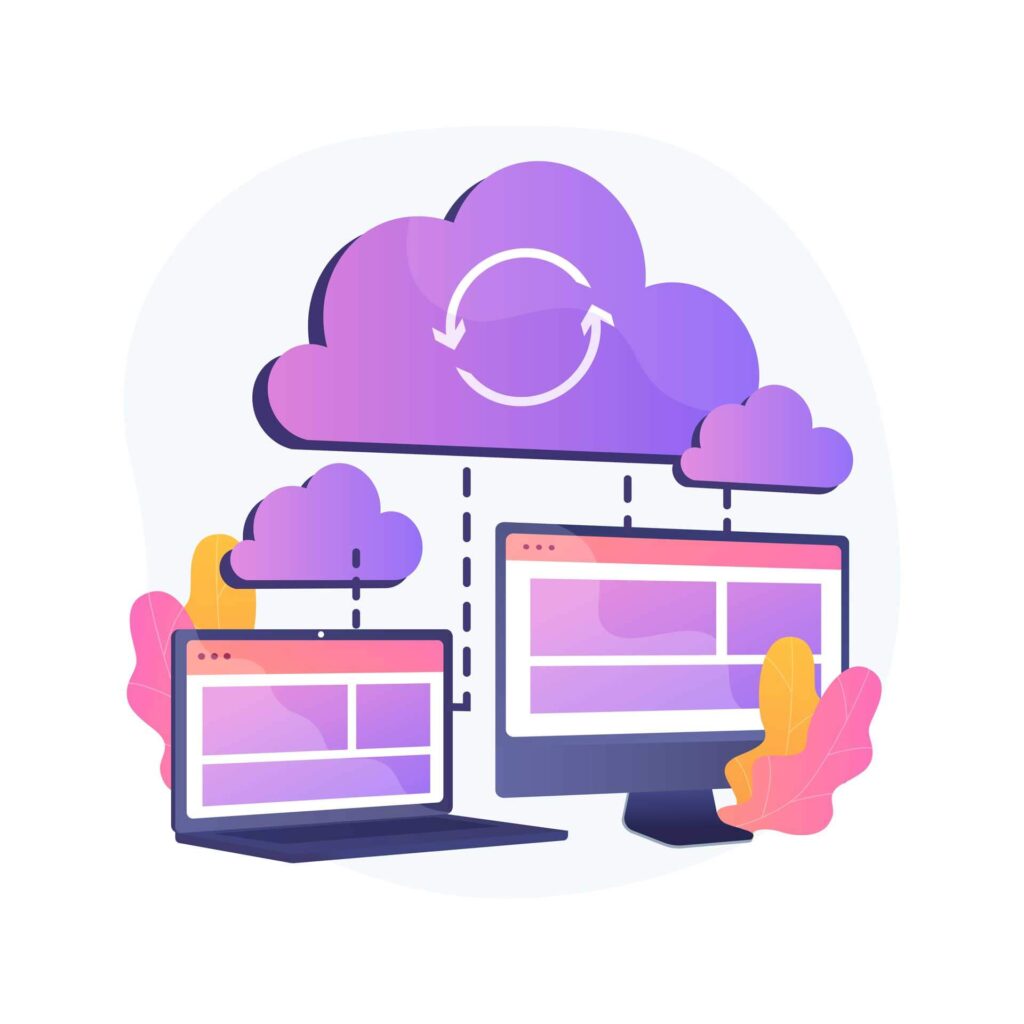Migrating from on-premise data storage to a cloud-based system is essential for any business to survive in these changing times. The cloud can save time, money, and heartache when something breaks or it comes time to upgrade the infrastructure. Having the flexibility to access applications and data from any compatible device from anywhere in the world keeps companies competitive and makes upgrading more effortless than ever.
Migrating to the Cloud
Much like moving into a new home or office, there is a physical aspect to cloud migration. Unlike a physical move, the hardware will remain stationary while applications, user settings, and essential data files will be moved to a cloud server off-site. However, there can be literally dozens of steps to migrating from local servers to cloud-based systems, not all businesses need all the steps. However, some steps should never be skipped:
- Pre-planning the migration
- Choosing the correct cloud environment for your business
- Migrate all applications and data
- Test new cloud service
Pre-Planning the Migration
No matter how you look at it, moving takes planning, and since not all businesses are the same, not all cloud migrations are the same. Throughout the entire migration, there will be dozens of decisions that will have to be made with confidence of the result. Assigning one management-level employee, who clearly understands cloud systems and networking infrastructure, to oversee the entire migration is highly recommended. This individual would be responsible for cataloging which applications and data need to be transferred, ensuring employees understand when and how the migration will happen, and testing the result.
Choosing the Correct Cloud Environment for Your Business
There are several different kinds of cloud services on offer, from fully hosted single off-site data centers to multi-cloud environments. Since every business is different, everyone’s business needs are different, so there is no one correct way to set up the cloud environment and there are pros and cons to each set up.
Single Off-Site Cloud Environment
A single cloud environment allows a company to move data and applications as needs arise with ease. Since there would be no need to determine how to split up the workload, many smaller companies like the feasibility of having all their applications and data with one vendor. On-site IT personnel will only have to learn one cloud API versus several with a multi-cloud platform.
Multiple Cloud Environment
Having a multi-cloud environment is not always advisable for all businesses, or even needed, but a company that has several different departments with different needs might want to work with different vendors that cater specifically to departmental needs. For instance, a finance department will need different software and have different data than a marketing or graphics department. A multi-cloud system will offer flexibility otherwise not given with a single vendor.
Migrate your Data
Once it’s determined whether a single cloud vendor or multi-cloud vendor will work best, next is how to transfer all applications and data to the new vendor. There are two ways to transfer the data: a shallow integration or a deep integration. Again, the desired end result will determine which method is used.
Shallow Integration
A shallow cloud migration, also called Lift-and-Shift, is moving everything “as-is”. Meaning, instead of changing applications and data to fit the new cloud environment, you keep everything the same and simply shift it from on-premise servers to cloud servers. If any changes do need to be made, it’s only changed enough to run on the new cloud system. This style of migration doesn’t take advantage of the full scope a cloud environment can offer.
Deep Cloud Integration
A deep integration gives more flexibility to use the full services offered by cloud vendors. Any applications that will be migrated will need to be changed to run on the new server in order to take advantage of all services offered. This could be as advanced as moving to serverless computer systems, or as easy as auto-scaling and dynamic load balancing. Although having to change applications for the new system takes more time, in the long run using a deep cloud migration will offer grater flexibility for future growth.
Test New Cloud System
Once the applications and data are fully migrated, it’s always best to run tests to make sure it all works as it’s supposed to before turning off any on-site technology. Make sure you know what your new cloud environment can handle and when an upgrade will be needed. Having a clear plan in place for the present but also the future will save both time and money as the company grows.
Cloud migration is the new way to do business. It offers flexibility for the future as well as saves a company time and money when it comes time to expand. Always have a clear plan in place for which type of cloud system is best for the business, as well as how to migrate the applications and data and set one employee to oversee the entire project. It takes time and planning, but in the long run, it will be completely worth it.
Migrate with the Help of a Microsoft Cloud Partner
Making the move to the cloud does not have to be a daunting task to undertake alone. 360 Visibility is here to help your business successfully move to the cloud – the right way. We work with you to understand your existing environment, its components and how it connects to the rest of your business, to design a way forward to the cloud that strengthens your business and improves the bottom line.
Our Managed IT and Cloud Services professionals will guide you to the cloud. Contact us to get started with a free consultation and planning session.



